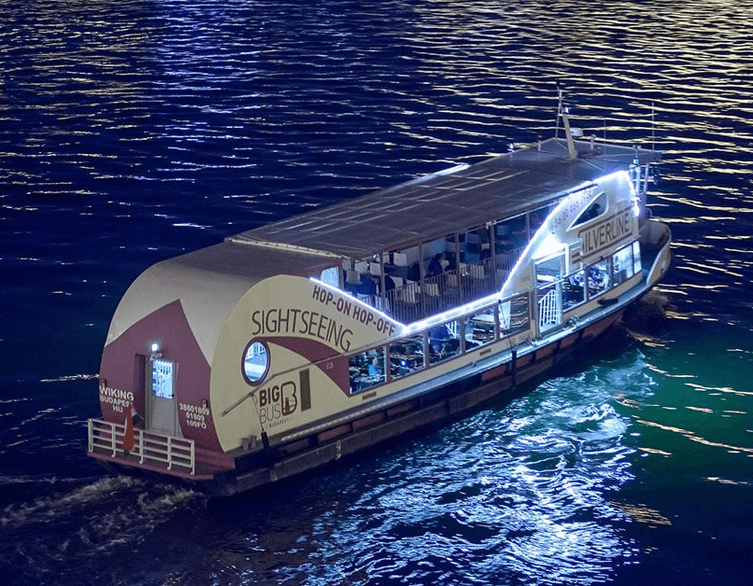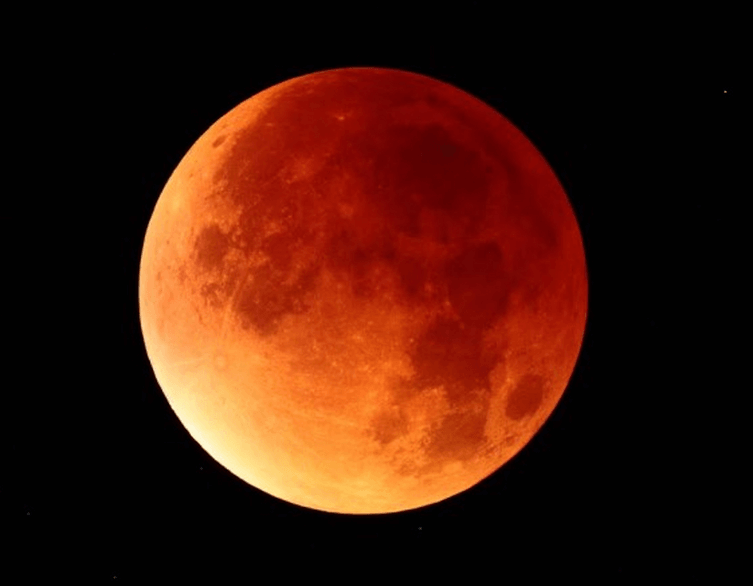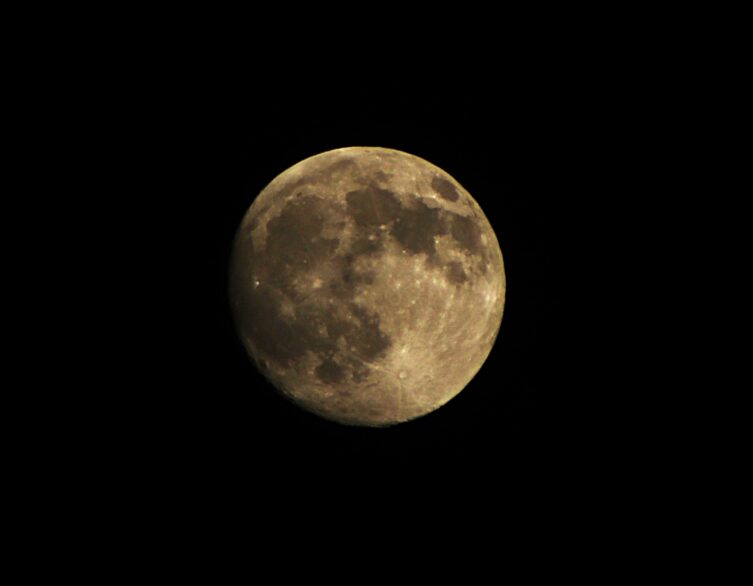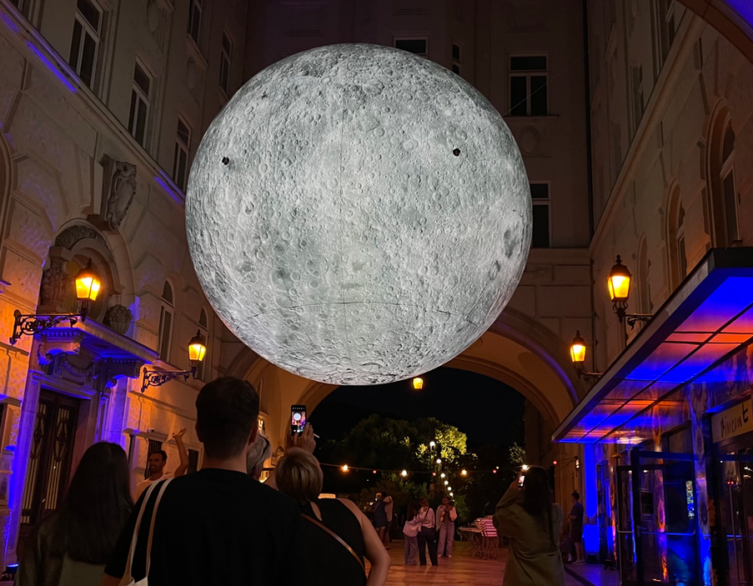Budapest’s Spectacular Beaver Supermoon: A Must-See Celestial Event This November
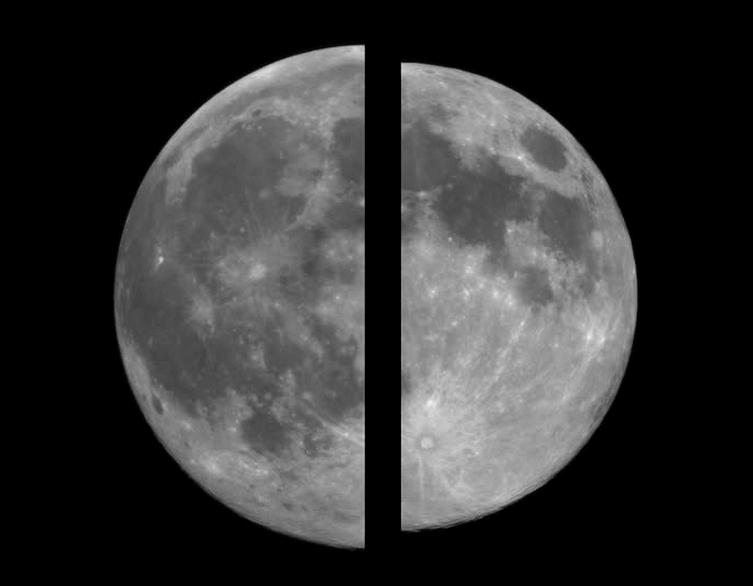
If you’re planning to be in Budapest this November, you’re in for a celestial treat that happens only once in several years. On November 5, 2025, the night sky above Hungary’s capital will showcase the year’s most spectacular supermoon, offering visitors an unforgettable astronomical experience that requires nothing more than looking up.
What Makes the November Supermoon So Special
The November 5th supermoon, known as the Beaver Moon in traditional folklore, will be the largest and brightest full moon of 2025. This isn’t just marketing hype—the moon will genuinely appear about 7.9% larger and shine approximately 16% brighter than an average full moon. While these percentages might seem modest, the visual impact is striking enough to notice with the naked eye, especially when the moon rises over Budapest’s stunning architecture.
This particular supermoon stands out because it occurs when the moon reaches perigee, the closest point in its elliptical orbit around Earth. According to NASA experts, during a supermoon, our lunar companion sits roughly 363,300 kilometers away, compared to about 405,500 kilometers at its farthest point. The Beaver Moon will be the closest and most luminous supermoon we’ll see until similar conditions align again years from now.
Understanding the Supermoon Phenomenon
The term “supermoon” might sound like modern marketing, but the phenomenon itself is purely astronomical. Every 27 days, the moon completes its orbit around Earth, traveling along an elliptical path that brings it closer and farther from our planet. When a full moon coincides with perigee—occurring within 90% of the moon’s closest approach—astronomers and enthusiasts alike call it a supermoon.
What makes this event visually impressive is the combination of proximity and illumination. A supermoon can appear up to 14% larger and 30% brighter than the smallest full moon of the year. While distinguishing the size difference with your eyes alone might be challenging, the increased brightness is unmistakable, especially when viewed against Budapest’s relatively dark evening skies away from the city center.
Best deals of Budapest
Beyond its visual appeal, the Beaver Moon will also exert stronger gravitational pull on Earth, potentially causing slightly higher tides than usual. While Budapest sits inland along the Danube, this cosmic tug-of-war between Earth and moon represents the same forces that have shaped our planet’s oceans for billions of years.
When and Where to Watch in Budapest
The Beaver Supermoon reaches its peak fullness on November 5, 2025. For the best viewing experience, position yourself to watch moonrise around 6 PM, when the moon will appear particularly dramatic as it emerges above the horizon. The moonrise illusion—where the moon appears enormous when near the horizon—combined with the supermoon’s actual increased size creates a truly breathtaking sight.
Budapest offers numerous excellent vantage points for supermoon watching. Gellért Hill provides elevated views above much of the city’s light pollution, allowing the moon’s enhanced brightness to shine through more clearly. The Fisherman’s Bastion on Castle Hill offers another spectacular location, where you can frame the rising moon against Budapest’s iconic landmarks. Margaret Island, situated in the middle of the Danube, provides a more natural setting with minimal surrounding lights.
For photographers and astronomy enthusiasts, the city’s bridges—particularly the Chain Bridge and Liberty Bridge—offer opportunities to capture the supermoon rising behind Budapest’s stunning riverside architecture. The cooler November temperatures actually work in your favor, as crisp, clear autumn nights typically provide excellent atmospheric conditions for moon observation.
Making the Most of Your Supermoon Experience
To maximize your viewing experience, check Budapest’s weather forecast in the days leading up to November 5th. Clear skies are essential for optimal moon watching, and fortunately, early November in Budapest often brings stable weather patterns. Dress warmly, as November evenings can be chilly, especially if you’re standing still for extended periods while observing or photographing the moon.
You don’t need any special equipment to enjoy the supermoon—your eyes are perfectly adequate. However, if you have binoculars or a camera with a zoom lens, you’ll be able to appreciate even more detail on the lunar surface. The enhanced brightness of the supermoon makes lunar features like craters and maria (the dark “seas” on the moon’s surface) more visible than during regular full moons.
Consider combining your supermoon viewing with a visit to one of Budapest’s thermal baths. Imagine relaxing in warm, steaming water while watching the largest moon of the year rise over the city—the Széchenyi or Gellért Baths both offer outdoor pools where this would be possible.
The 2025 Supermoon Series
The Beaver Moon doesn’t stand alone in 2025’s celestial calendar. This year features three consecutive supermoons, with the first occurring on October 7th—known as the Hunter’s Moon. The October supermoon already treated observers worldwide to enhanced lunar brightness, appearing about 10% closer than usual and earning its designation as the harvest moon closest to the autumn equinox.
After November’s spectacular Beaver Moon, the final supermoon of 2025 will grace the skies on December 4th. While each of these three supermoons offers impressive viewing, November 5th represents the peak of this astronomical trilogy, making it the premier event for visitors hoping to witness this natural phenomenon.
This clustering of supermoons occurs because of the way the moon’s orbit aligns with its phases. For much of Earth’s yearly journey around the sun, the perigee and full moon phases don’t overlap. When they do align, they tend to occur in consecutive months, creating these remarkable viewing opportunities.
Cultural Significance and Naming Traditions
The term “Beaver Moon” comes from Native American and colonial American traditions, referring to November as the time when beavers become particularly active in preparing their dams and lodges for winter. It’s also when trappers historically set beaver traps before waters froze. Other cultures have different names for November’s full moon—some call it the Frost Moon or the Mourning Moon, reflecting the seasonal transition into winter’s darker days.
For Budapest visitors, experiencing the Beaver Supermoon adds an extra dimension to your travel memories. While you’re exploring the city’s famous ruin bars, soaking in thermal baths, or wandering along the Danube, you’ll share the same sky watched by generations before modern light pollution, when the moon served as humanity’s primary nighttime illumination.
Planning Your Visit Around the Supermoon
If you’re specifically timing your Budapest visit to catch the Beaver Supermoon, consider arriving a day or two before November 5th. This gives you flexibility if weather conditions aren’t ideal on the exact peak night—the moon will appear nearly as impressive for a day before and after its fullest phase.
November is actually a lovely time to visit Budapest. The autumn colors still linger in the city’s parks, tourist crowds have thinned compared to summer, and accommodation prices are often more reasonable. You’ll find the city’s indoor attractions—museums, galleries, the Parliament building, and those famous thermal baths—particularly appealing as the weather turns cooler.
The supermoon viewing can easily complement other evening activities. Many of Budapest’s restaurants and rooftop bars offer views where you can dine while watching the moonrise. The city’s river cruises on the Danube provide a mobile viewing platform, allowing you to experience the supermoon from different angles as you glide past illuminated landmarks.
Whether you’re an astronomy enthusiast, a photography buff, or simply someone who appreciates nature’s grandeur, the November 5th Beaver Supermoon over Budapest promises an experience worth building your travel plans around. Mark your calendar, pack your warmest coat, and prepare to witness the year’s most magnificent moon illuminating one of Europe’s most beautiful cities.
Related news

















